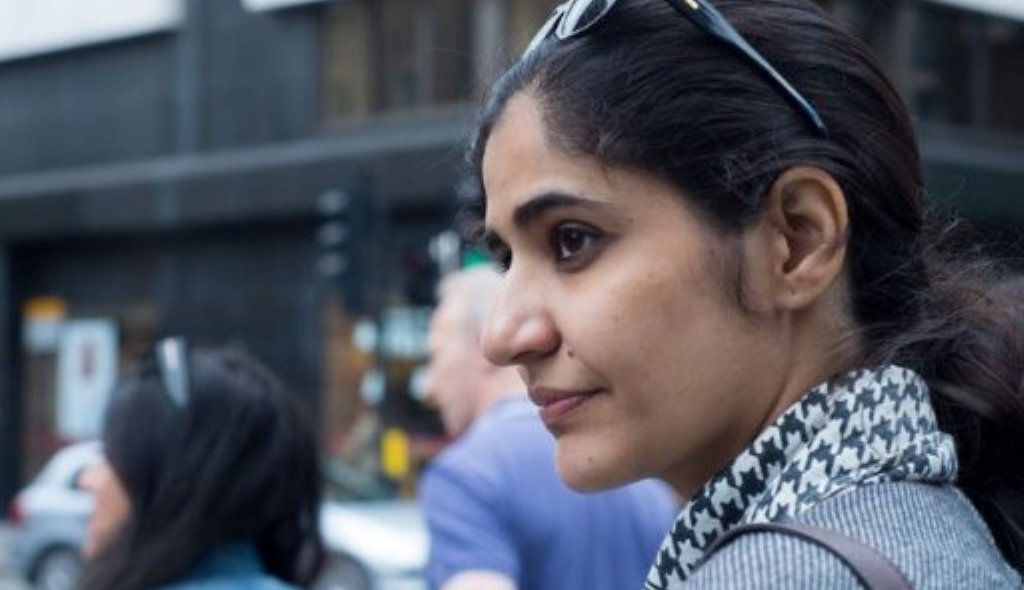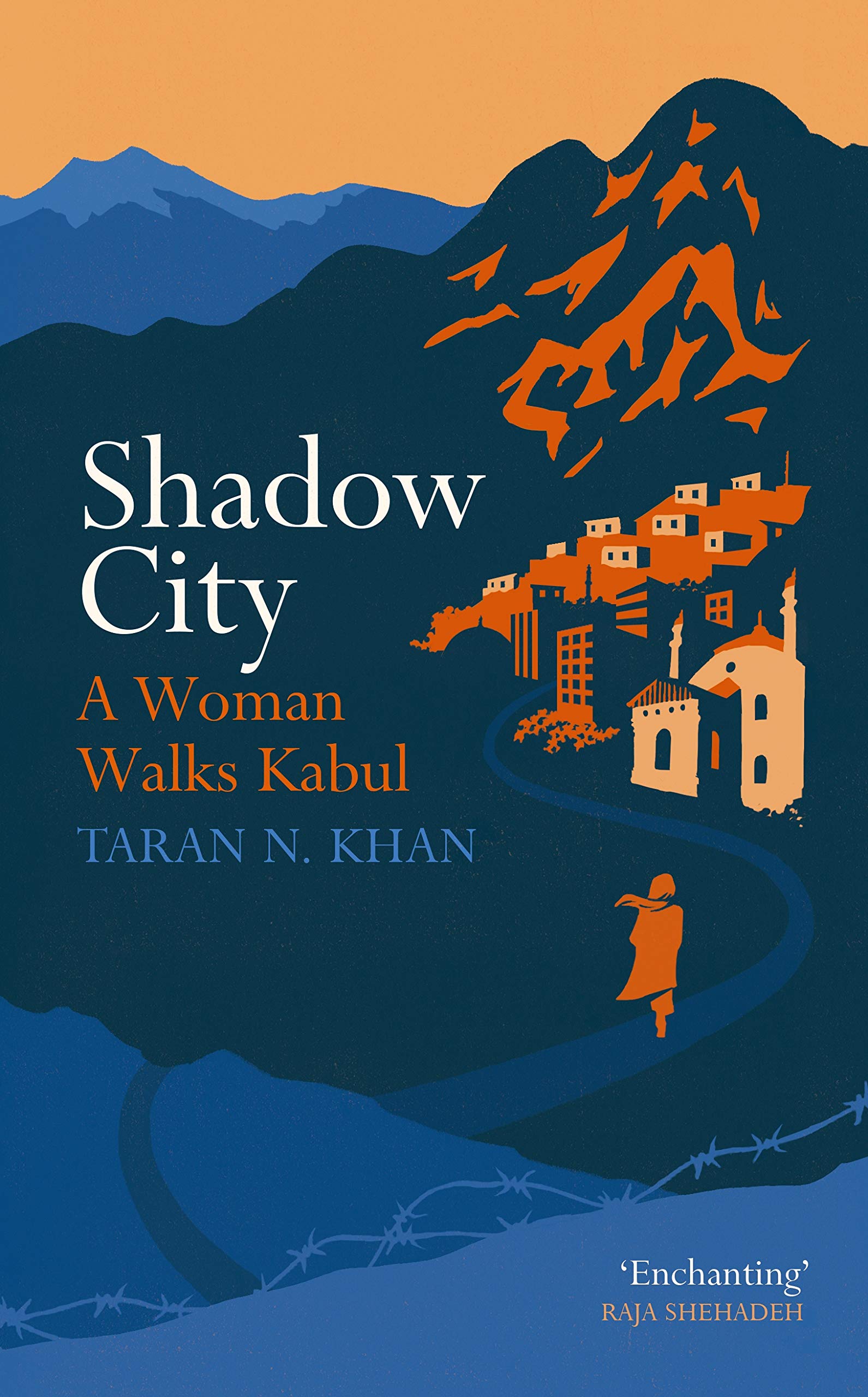Taking a fresh look at Kabul and the Afghan people

Contemporary books about Afghanistan often feed off hackneyed cliches: the oppressed woman in a burka, the narrow-minded mullah, or that of a war-stricken, impoverished and needy people. Bestsellers such as the world-famous books of Khaled Hosseini ("Kite Runner", "A Thousand Splendid Suns") have been criticised for repeatedly exploiting Afghan suffering to present Western audiences with the image of a hopelessly desolate country, a country where there is seemingly no escape from terrorism, for instance, or contempt for women.
A simplistic message lurks behind this perspective: being Afghan means suffering. The Western fascination with this image of Afghanistan is reflected in the sales figures of such books, but also in the focus of international reporting on Afghanistan. It is hardly surprising that critical readers are prompted to embark on a desperate search for balanced alternatives.
A blend of essay, travelogue, history book and personal memoir, "Shadow City. A Woman Walks Kabul" by Indian journalist Taran Khan promises to be one such alternative.
Khan first travelled to the Afghan capital in 2006 to train young Afghan media professionals and aspiring film-makers. In the following years she returned several times for longer stays, became increasingly well-acquainted with the city and wrote assignments for publications such as "The Caravan" or the "Indian Express”. Meanwhile, her dissatisfaction with the possibilities of traditional journalism in painting a more personal and experimental picture of the city was growing. The idea of writing her own book gradually began taking shape.
Tracking down common cultural affinities

Khan's narrative consists of accounts of walks she took between 2006 and 2013. Although Kabul has been described extensively over the years and has become something of a playground for foreign journalists seeking to make a name for themselves by reporting from a crisis zone, Khan manages to meet the city at eye-level without romanticising.
Admittedly, Afghanistan is still the "other to be examined": after all, when would an Afghan journalist ever travel to the U.S. to describe an American wedding? But here is an author from a country that has itself been the object of post-Orientalist scrutiny for many years.
It is therefore refreshing to look at Kabul from the perspective of an Indian Muslim woman, witnessing how she continuously tracks down common cultural affinities during the process of discovery, such as the South Asian passion for escaping reality by watching Bollywood films.
Right at the beginning of her book, Khan explains that she has a complicated relationship with walking. "This has a lot to do, I suspect, with having grown up in Aligarh, a city in northern India, where walking on the streets came with intense male scrutiny, and the sense of being in a proscribed space."
Khan's reflection on female mobility in her foreword sets the tone for the following seven chapters, in which she often draws parallels with her childhood in the university city located southeast of Delhi, known in India as a Muslim Cambridge of sorts.
Khan refers to Kabul as an "amnesiac city" where the traces of the past lie buried deep beneath the surface. Like a patient suffering from memory loss, Kabul is a place with a rich past that has long since been overshadowed by the noise of recent decades.
Khan thus quickly learns to distinguish between the zahir, the hidden interior, and the batin, the outwardly visible – a philosophical pair of opposites from the Arabic language that is deeply rooted in Sufism and which helps explain many phenomena within the wider Persian cultural field. This division can also be applied to the discrepancies between the private and the public spheres from which various social codes result. Rarely is anything as it appears.
Digging deep into the everyday realities of Kabulis
On her walks, Khan digs deep into the everyday realities of Kabulis, speaking, for instance, to a wedding videographer who has to be very careful that his footage does not fall into the hands of anyone other than his clients, to a librarian who works in the empty, dilapidated reading rooms of Kabul's only public library, and to a taxi driver who claims not to have slept a single night in his life anywhere other than Kabul. She converses with devout pilgrim women in a Sufi shrine, meets Afghanistan's eccentric film star Saleem Shaheen and writes about the obstacles young lovers face on their way to romantic fulfilment.
Khan frequently visits places where the fate of the city becomes tangible, such as Kabul's only Christian cemetery where foreign archaeologists and priests share the soil with stranded hippies who left their lives in the Hindu Kush on the overland trail to India. Khan's literary writing style blends well with her solid observation skills and well-researched knowledge of history, especially when it comes to the historical intersections between Afghanistan and her homeland, the Indian sub-continent.
For example, Khan visits Babur's tomb and tries to see the city – hard as it may be today – through the eyes of the founder of the Mughal Dynasty which shaped Indian history for more than three centuries. All along the way, her navigation aid is the cultural memory of her well-read grandfather in Aligarh, who has never visited Kabul, but who – by drawing on the common cultural heritage of the region – knows the city in his imagination.
[embed:render:embedded:node:14428]
"Baba" suggests that she look for the 17th century poet Abdul-Qadir Bedil in Kabul. Bedil is buried in Delhi, but he is more revered in Afghanistan today. Khan then heads to a Kabul bookstore in search of a volume of Bedil's poetry with script large enough for Baba's gradually fading eyesight.
At the same time, Khan also describes the booming expat world of which she, as an Indian journalist, is part, but which she rightly criticises. For example, she writes about NGO staff working in the field of reconstruction: "Ironically, they rarely got to experience much of the place they had come to reconstruct. For many of them, Kabul was simply the blur of streets glimpsed from their moving vehicles. They were told, like me, never to walk.”
In a state of continual deterioration
Khan visited Kabul for the last time in 2013, the year before the ISAF coalition officially ceased its combat mission in Afghanistan. She saw a city that had changed and seemed to be continually deteriorating. Little remained of the gold-rush atmosphere that had filled the air of the metropolis after the fall of the Taliban. With insurgent attacks on the rise once more, concrete walls, barbed wire and roadblocks in the city were growing exponentially.
"Shadow City" also touches on Kabul's phases of development, never concealing its darkest chapters, to which the years of the 1990s civil war in particular belong. Although it is not the focus of the book, Khan does not hide the suffering of Kabulis. She writes in one passage: "War did not come to Kabul, nor did it leave. It ebbed and flowed, and what people learned to watch out for was how it affected them."
Khan's account is an important contribution from beyond the bubble of crisis reporters, thoughtful, curious and well-reflected. Last but not least, "Shadow City" can be read as a tribute to the act of walking itself – walking in freedom, with open eyes and an open heart.
Marian Brehmer
© Qantara.de 2020